No products in the cart.: $0.00
The World’s Oldest Writing: The “五” (Wu) Character and the Dawn of Chinese Civilization
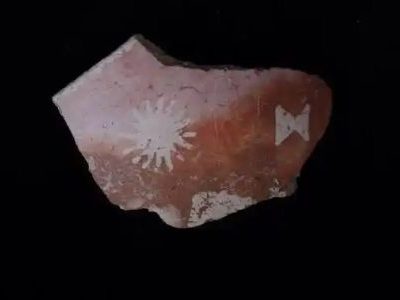
AI智能摘要
The character "五" (wǔ), unearthed at the Shangshan Culture's Qiaotou Site in Zhejiang and dated to at least 10,000 years ago, is considered the world's oldest writing. It appears with Fuxi's trigram diagrams on painted pottery, suggesting that writing and the I Ching tradition emerged in eastern China that early. The Jiahu Culture, 9,000 years old, inherited these systems, and the "五" character remained unchanged for over 6,000 years, as seen in Shang Dynasty oracle bone inscriptions. The I Ching, deeply rooted in Chinese civilization, continues to influence Yin-Yang philosophy, Five Elements theory, and the Eight Trigrams.
— 此摘要由AI分析文章内容生成,仅供参考。
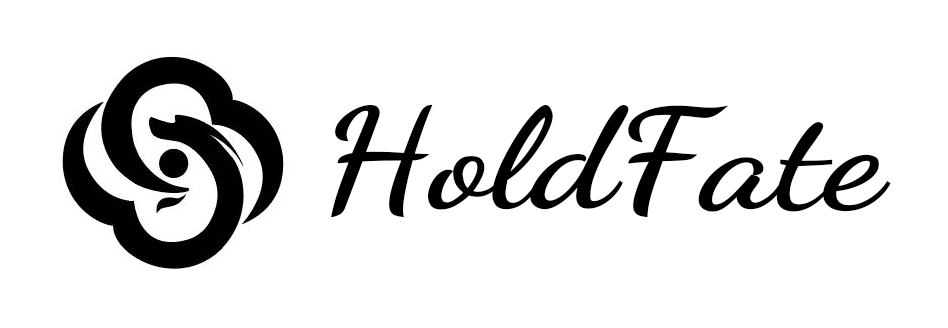




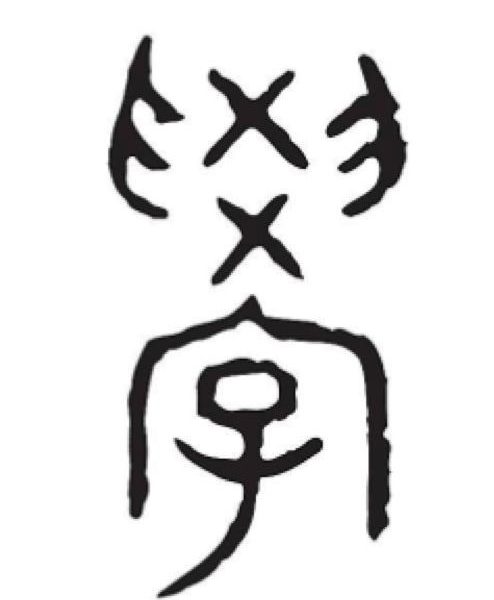

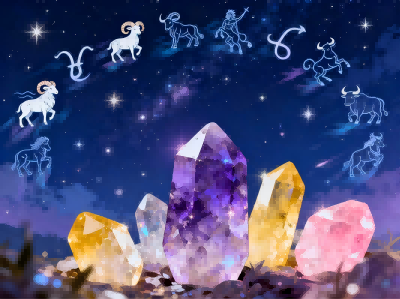
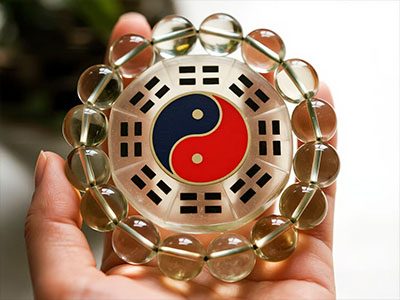

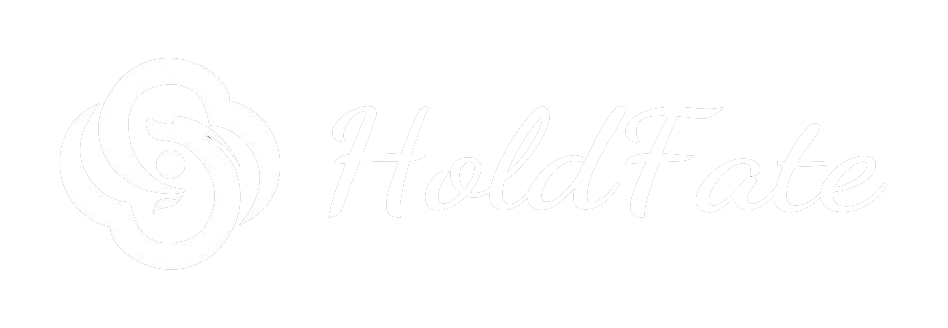
 Please wait…
Please wait…
Wow, a 10,000-year-old character? That’s mind-blowing! Chinese civilization is way older than I thought.
Fuxi creating writing AND the I Ching? Dude was way ahead of his time 😮
The continuity from Shangshan to Shang Dynasty is insane. That’s like 6,000 years of unchanged writing!
Kinda wild how ancient Chinese education was tied to divination. Makes you think about how different cultures develop
Five Elements theory still being relevant today shows how advanced their thinking was
Does anyone else think the ‘五’ character looks super modern for something from 10,000 BCE?
More proof China had civilization when my ancestors were still living in caves 😂
The way these ancient symbols connect teaching and rituals is fascinating. Totally different from Western traditions
Shangshan Culture doesn’t get enough attention in world history classes. This changes everything
Imagine being the archaeologist who found this – holding something that old must give you chills
So Fuxi was basically the OG philosopher-scientist 10,000 years ago? That’s wild
Chinese calligraphy is beautiful today, but seeing its origins this ancient makes it even more impressive